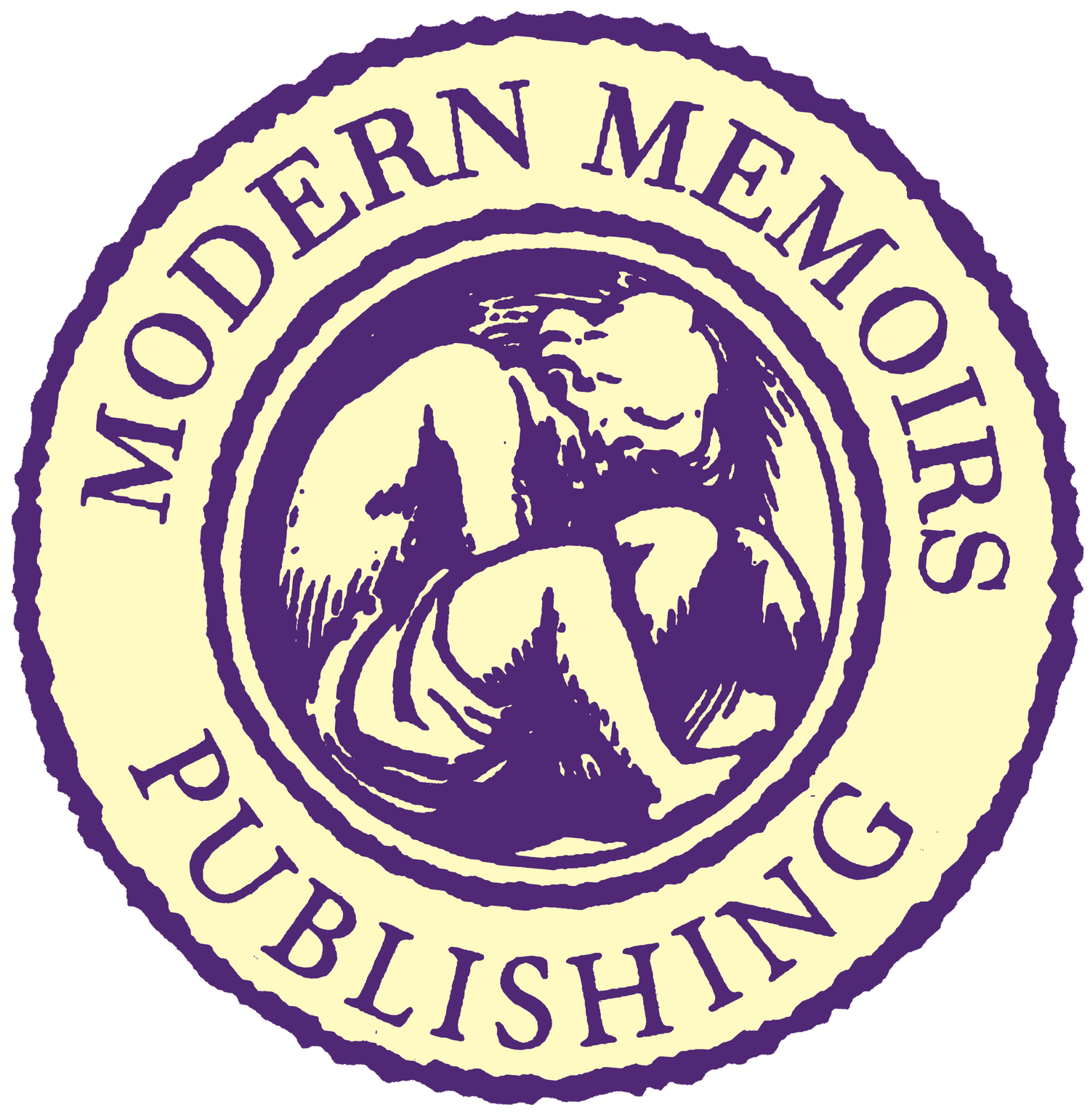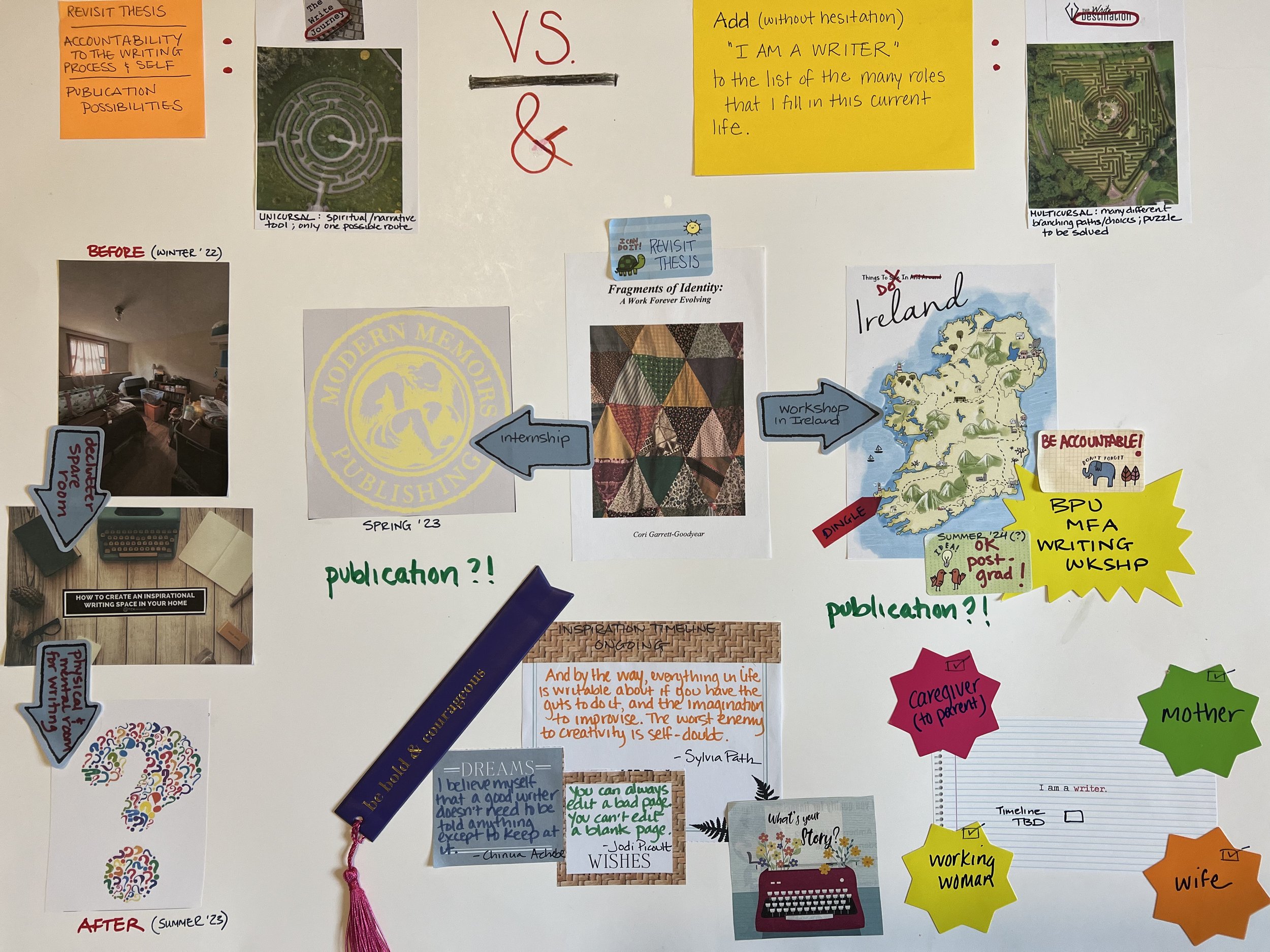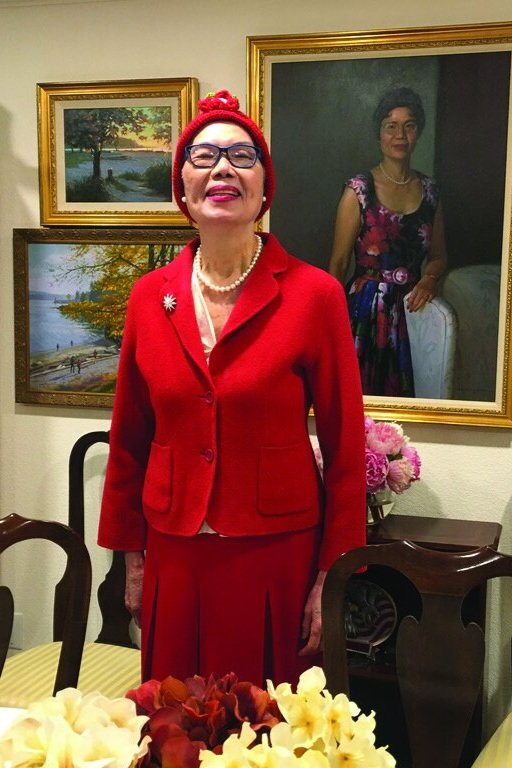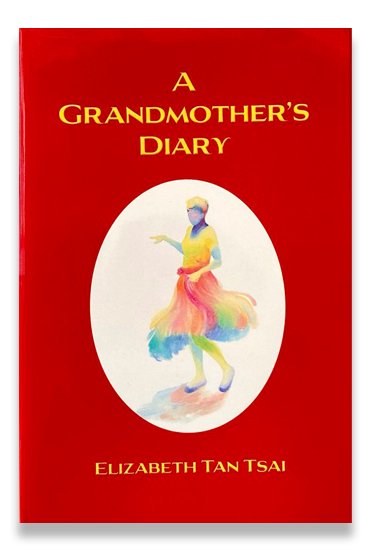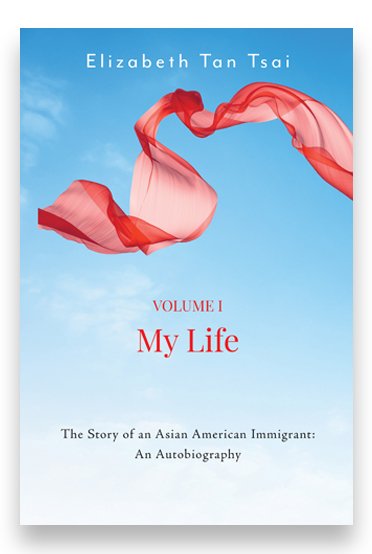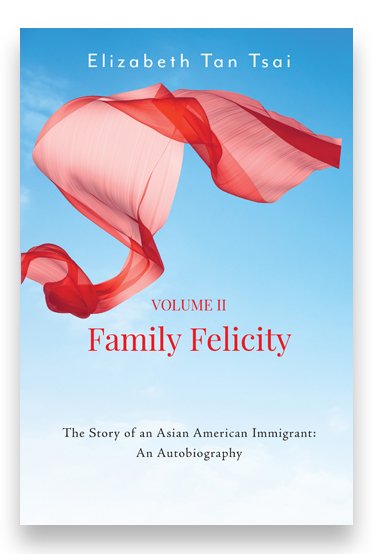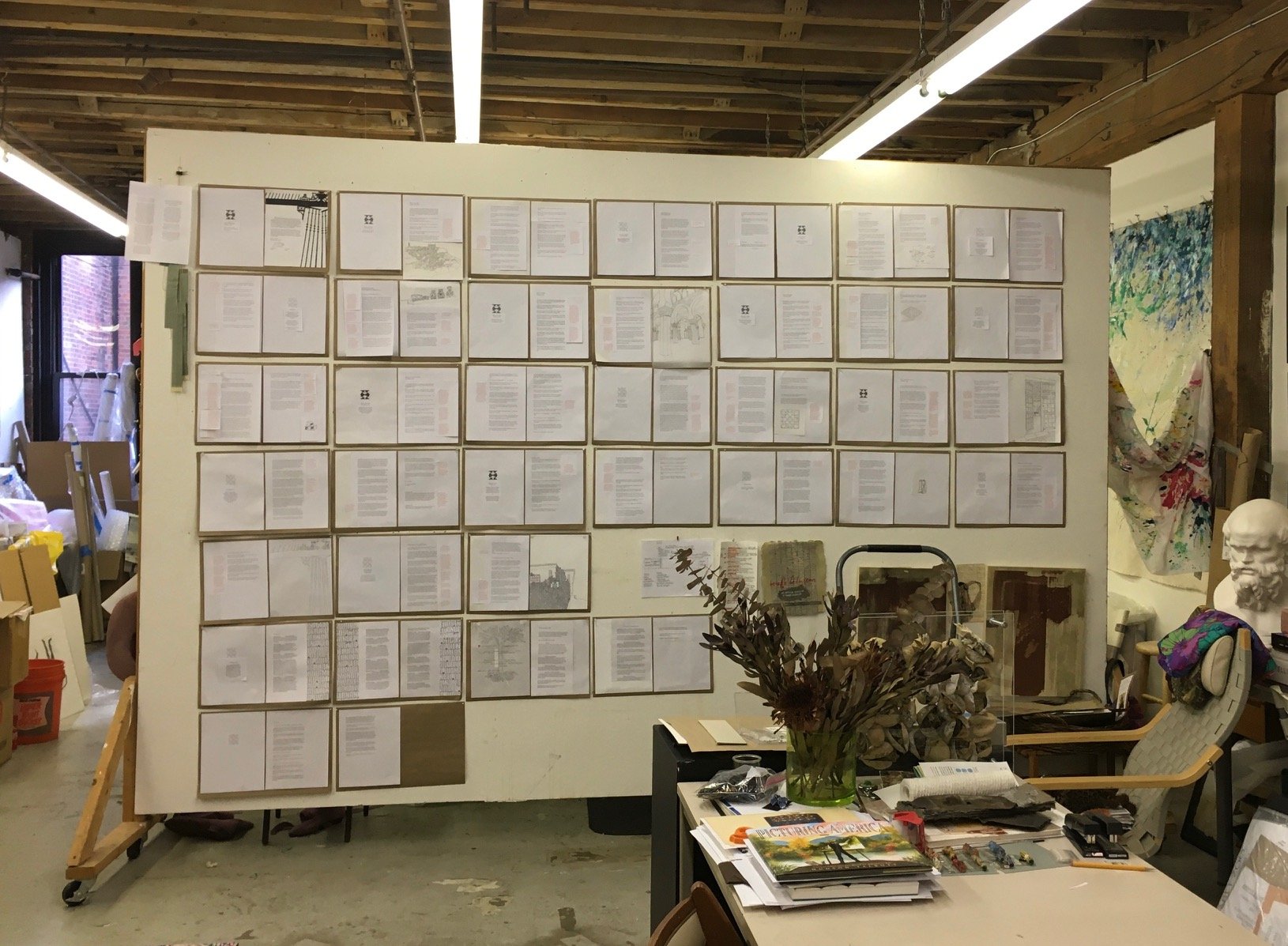A blog post by Publishing Intern Cori Garrett-Goodyear
Publishing Intern Cori Garrett-Goodyear’s “Writer’s Path” vision board, created for her studies in the Bay Path University MFA in Creative Nonfiction program, fall 2022
Recently my MFA program tasked me with creating a writer’s self-contract. The goal: to stay invested in, and accountable to, myself and my writing once the externally imposed expectations and deadlines of the program are no longer in place. As the end of my final semester draws ever nearer, I find myself hurtling towards the realm of self-accountability—terrain where I’ve historically stumbled. The familiar tug of being pulled in too many directions all at once looms large. My roles as a wife and mother working a full-time day job on top of caring for two small children and an elderly father with dementia presents the perfect scenario for setting up the safety net of a writer’s contract.
Though still a work in progress as of this writing, much of this contract will be based on a past exercise of developing what my program calls a “Writer’s Path.” This is a vision board of sorts, with sticky notes and images culled from websites and good old-fashioned magazines. When I created it this past fall, I surprised myself by firmly gluing the pieces down on a large, white posterboard to create a tentative map of writing waystations and destinations. Although I knew I could always buy a new posterboard and reprint the images, the process of making this Writer’s Path still felt like a bigger psychological commitment than I expected to make at the time. I found the result visually pleasing, and the project left me with a feeling of accomplishment, but somehow it still felt more like a playful creative activity than a promise to honor.
I’m hopeful that the writer’s self-contract will provide me with a more formal “performance agreement.” Performance agreements are often used to get the best out of people working for us (or for others to get the best out of us), so why not apply the same method to get the best out of ourselves? The elements are straightforward enough: identify goal(s), write out the steps to achieve the goals, set deadlines, build in milestones along with associated rewards or penalties, and include a clause for revisiting/reworking the terms of the contract itself as you move forward.
“You can always edit a bad page. You can’t edit a blank page.”
Of course, the devil is in the details. My Writer’s Path board prompts me to wrangle with lots of lofty wish-list components: logistics for a trip to Ireland for a writing workshop; investing time and emotional energy in finding a new community of writing and reading partners; the heavy work of revisiting my thesis; pursuing publication possibilities; and taking the big leap of faith both to state and to believe “I am a writer.” Without a doubt, though they shift between waystation or destination status depending on the day, all of these are authentic aspirations. But in the interest of keeping things simple, my initial contract will be this: just write—every day. Something. Anything. Long run-on sentences. Short, choppy free-association thoughts. Gibberish. Favorite song lyrics. Retyped inspirational quotes.
With a nod to Goldilocks trying to find the perfect porridge, chair, and bed, I admit I’ve often faltered upon setting the unrealistic expectation that the words on the page should only land when they present themselves as the “just right” words from outset. Rather than try and fail, it sometimes becomes habit simply not to try at all. But in the words of American novelist Jodi Picoult, “You can always edit a bad page. You can’t edit a blank page.”
I take inspiration from Modern Memoirs’ clients who have clearly already contracted with themselves to “just write,” and who have then entrusted the staff here to help them publish the beautiful books they’ve envisioned. The range of projects in the company’s library is truly impressive, and I have enjoyed learning about current projects underway during my internship. I hope that readers of this post will be inspired to join these writers, and me, in continuing on the Writer’s Path, wherever it may lead.
